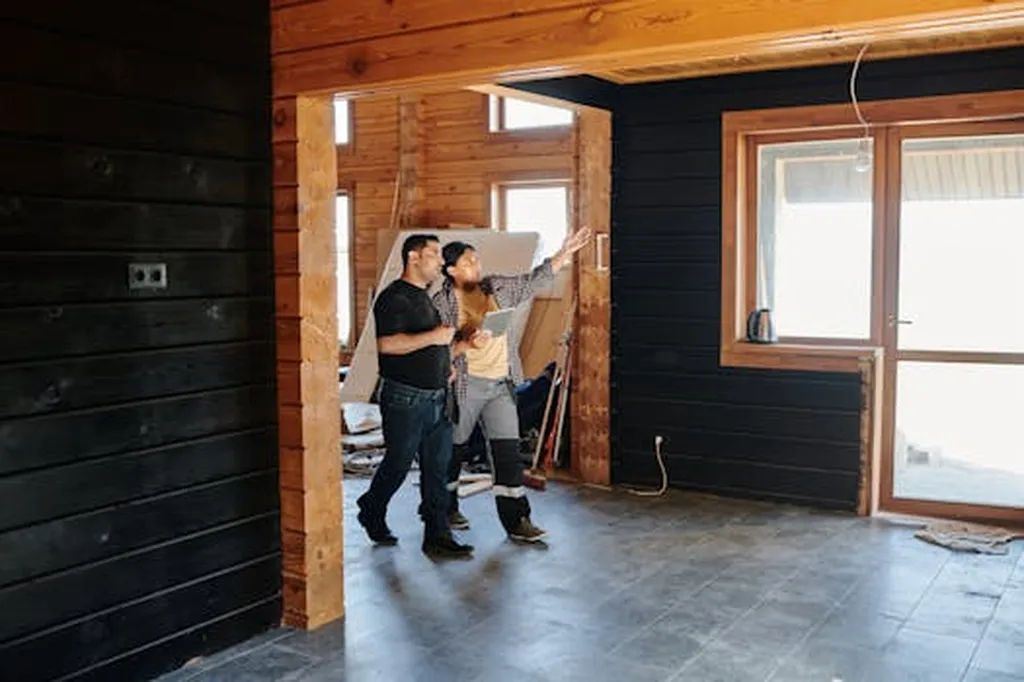In the heart of Saudi Arabia, a groundbreaking study is reshaping the construction landscape, promising significant commercial impacts for the energy sector and beyond. Led by Omar Alnajjar from the Department of Civil and Environmental Engineering at Universitat Politècnica de Catalunya, BarcelonaTech, the research validates a framework that integrates Lean Construction, Building Information Modeling (BIM), and emerging technologies to optimize construction management.
The study, published in the journal *Buildings* (which translates to “Buildings” in English), builds upon Alnajjar’s previous work, which was validated through expert consensus using the Delphi Method. This time, the framework was put to the test in a real-world, mega-scale project in Saudi Arabia during the design phase. The results are nothing short of impressive, with key performance indicators (KPIs) showing substantial improvements across the board.
“Our findings reveal a 25% improvement in cost efficiency, a 40% acceleration in design delivery, and a 25% increase in productivity,” Alnajjar explains. But the benefits don’t stop there. The framework also led to a 70% process optimization and automation, a 100% elimination of non-value-adding activities, and a 20% enhancement in design quality. Stakeholders reported high levels of satisfaction, citing transparency, real-time collaboration, and enhanced decision-making as major benefits.
So, what does this mean for the future of construction, particularly in the energy sector? The potential is vast. By integrating Lean Construction principles with BIM and emerging technologies, companies can streamline their processes, reduce waste, and improve overall project delivery. This could lead to significant cost savings and increased efficiency, which are crucial in the energy sector where projects are often large-scale and complex.
Moreover, the framework’s emphasis on real-time collaboration and transparency could foster better stakeholder relationships, a critical factor in the success of any project. As Alnajjar puts it, “This framework has the potential to transform project delivery through integrated digital and Lean strategies.”
The study’s findings are a testament to the power of integrating different methodologies and technologies in construction. It’s a step towards a more efficient, transparent, and collaborative future for the industry. And with the energy sector’s growing demand for sustainable and cost-effective solutions, this research couldn’t have come at a better time.
As we look ahead, it’s clear that the construction industry is on the cusp of a digital revolution. And with pioneers like Alnajjar leading the way, the future looks bright. The question now is, how will other companies and sectors leverage this framework to drive their own transformations? Only time will tell, but one thing is certain: the construction industry will never be the same again.

